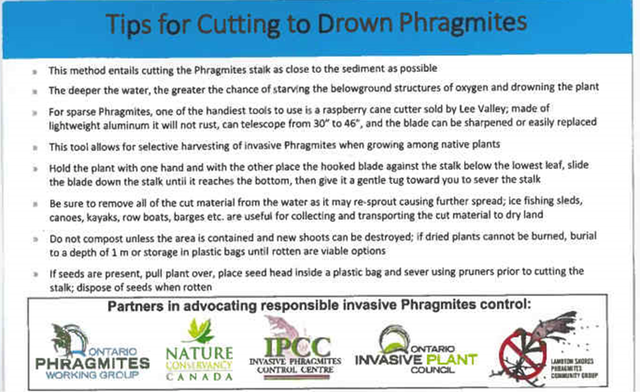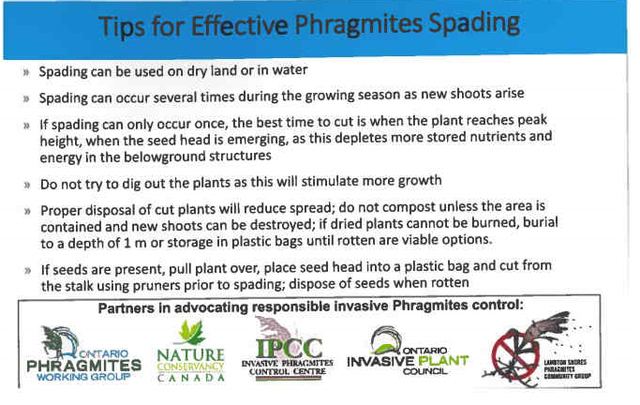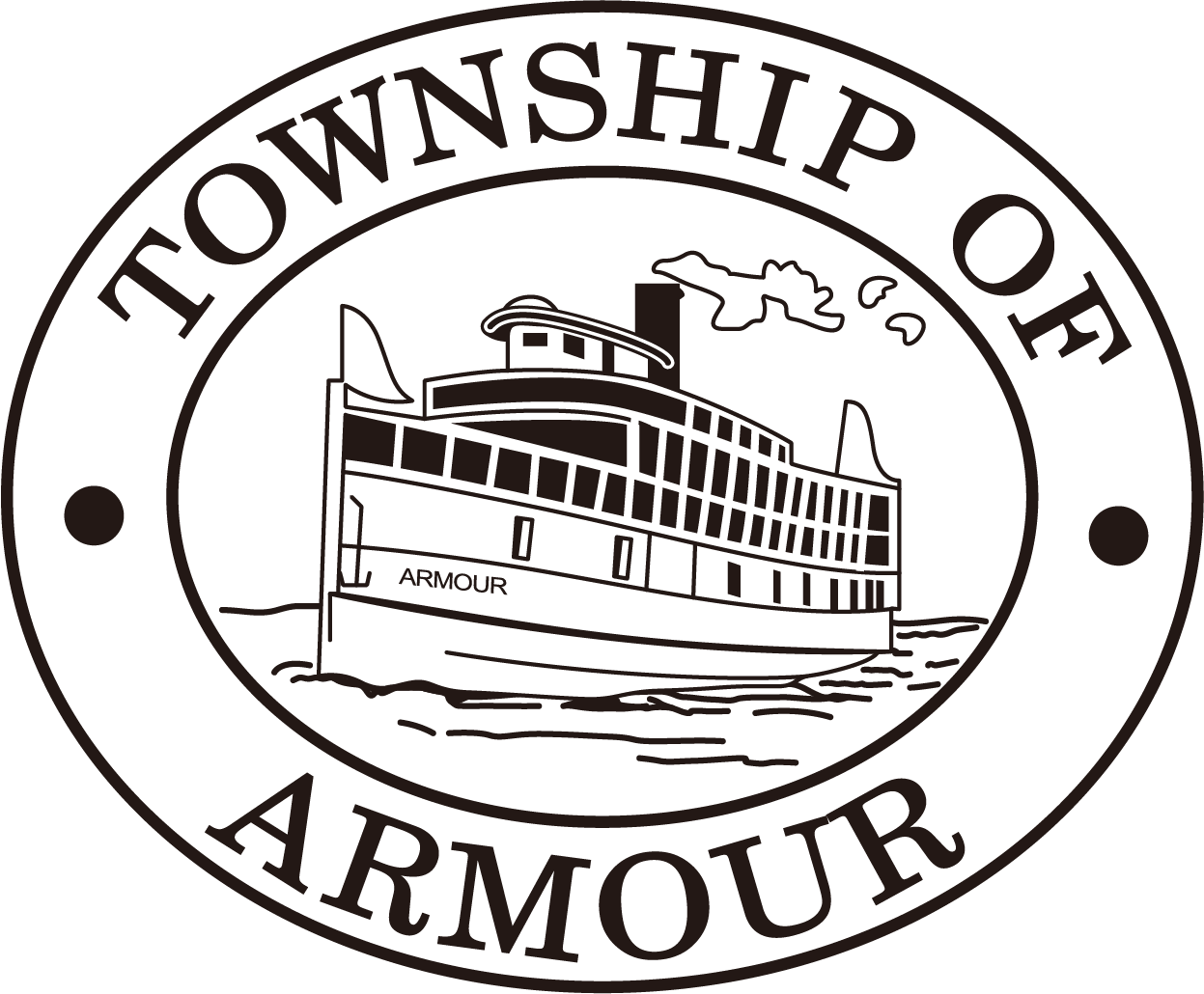How to Identify & Manage Invasive Phragmites
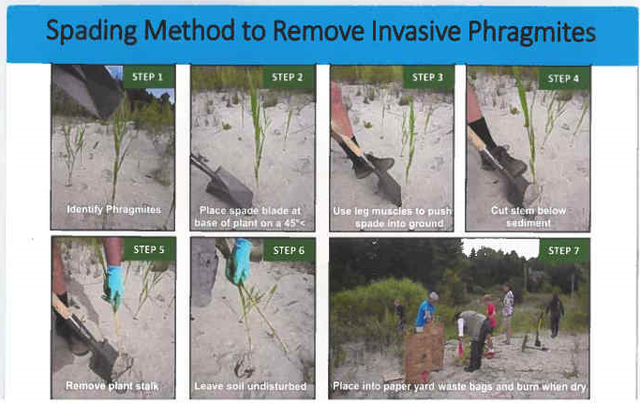
Phragmites australis is an invasive, non-native reed grass that has established itself in and around the Township of Armour.
Phragmites may be on your shoreline property and if so, you will want to remove it quickly. With a property owner’s help and permission, the Phragmites Working Group Lake Bernard may be able to show you what it is and help you remove it, beginning with cutting it from your property or at least removing the seed head this fall. Raspberry Cane Cutters can be loaned to assist with the removal on your property.
To purchase your own cutters please visit:
https://www.leevalley.com/en-ca/shop/garden/garden-care/pruners/10242-raspberry-cane-cutter?item=ED725
Information about Phragmites has been posted on the following sites:
The Near North Enviro-Education Centre (NNEEC)
https://www.nneec.ca/
Invasive Phragmites Control Centre
https://www.phragcontrol.com/
Georgian Bay Forever
https://georgianbayforever.org/invasive-phragmites/
Ontario Invasive Plant Council
https://www.ontarioinvasiveplants.ca/
Ontario’s Invading Species Awareness Program http://www.invadingspecies.com/
The Phragmites Working Group Lake Bernard has been locating and removing stands of Phragmites along the shoreline for six seasons. In some instances, it has grown over 15 feet tall. Phragmites root mats spread up to 10 feet in a season and can be up to four feet thick, sending rhizomes (runners) up to 60 feet long, choking out other plant species such as cattails and preventing the free flow of water and streams. According to wetland biologists and invasive species experts, Phragmites do not serve as a food source for wildlife, and it is too dense to serve as an effective cover or nesting grounds. It is deeply destructive to our recreational fishing as well as our local bird and other wildlife habitat.
If it goes unchecked, it will cause property owners’ shorelines to fill in and natural plants to disappear and the loss of biodiversity will cause additional stress to the natural ecosystem around the lake. It is currently being removed from Lake Bernard by the Phragmites Working Group Lake Bernard
Stands of Phragmites spread to other areas which is why we must identify where it is currently established and also ask if property owners need assistance with the removal of stands. It can take several years to remove, with the expected cutting or spading time being repeated year after year. By working together, the Phragmites Working Group Lake Bernard has had some areas under control in four years.
HERE IS WHAT YOU CAN DO:
• Educate yourself and your neighbours about Phragmites
• Identify the plant if it exists on your property and let the Phragmites Working Group Lake Bernard know
• Give the Phragmites Working Group Lake Bernard permission to assess/cut/remove invasive Phragmites on your property according to best practices if you are unable to do it yourself with help from friends or family and properly dispose of it to prevent further spread.
For further information on the Phragmites volunteer program under the Near North Enviro Education Centre (NNEEC) please contact: https://www.nneec.ca/phragmites
We hope you will consider joining this effort to ensure the health of our Lakes, and wildlife, and maintain property and recreational values for future generations!
Please call or email if you need help removing Phragmites from your shoreline
Chair Marilee Koenderink Phragmites Working Group Lake Bernard
Marilee.koenderink@gmail.com
(705) 774-3878
